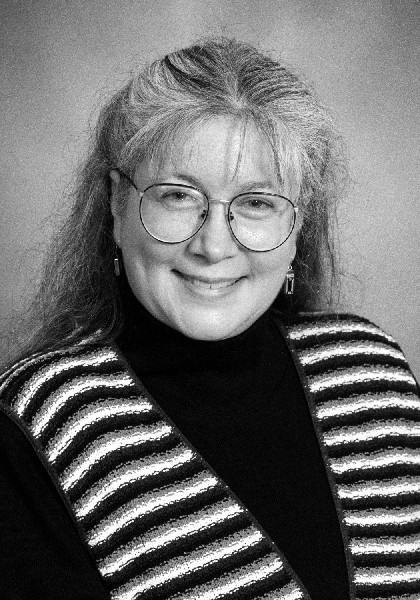QUEER THEORY II
Clearly, there is no generally acceptable definition of queer; indeed, many of the common understandings of the term contradict each other irresolvably. Nevertheless, the inflectionof queer that has proved most disruptive to received understandings of identity, community and politics is the one that problematises normative consolidations of sex, gender and sexuality–and that, consequently, is critical of all those versions of identity, community and politics that are believed to evolve ‘naturally’ from such consolidations. By refusing to crystallise in any specific form, queer maintains a relation of resistance to whatever constitutes the normal.
—Annamarie Jagose, Queer Theory: An Introduction (99)
Required Readings
Seidman et al. New Sexuality Studies, Part 4: Sexual identities, Chs. 23-26 (164-194)
Baumgardner Look Both Ways: Bisexual Politics, Introduction (3-10), Ch. 2 “What is Bisexuality?” (39-68), Ch. 9 “On Being Entitled: Bisexual Politics” (209-227) (Moodle)
Jagose Queer Theory, Ch. 7 (72-83, 93-100)
Mills Michel Foucault Introduction “Why Foucault?” (1-7), Ch. 4 “Power/knowledge” (67-79), Ch. 5 “The body and sexuality” (81-95) (Moodle)
Additional Resources
Sample theoretical glossary
Sample journal entry 1
Sample journal entry 2
Due This Week
Weekly journal entry including main points from readings, to be submitted electronically, and observations about your own sexuality and understanding of sexuality, to be kept in a private journal.
Ch. 7 Homework Questions
